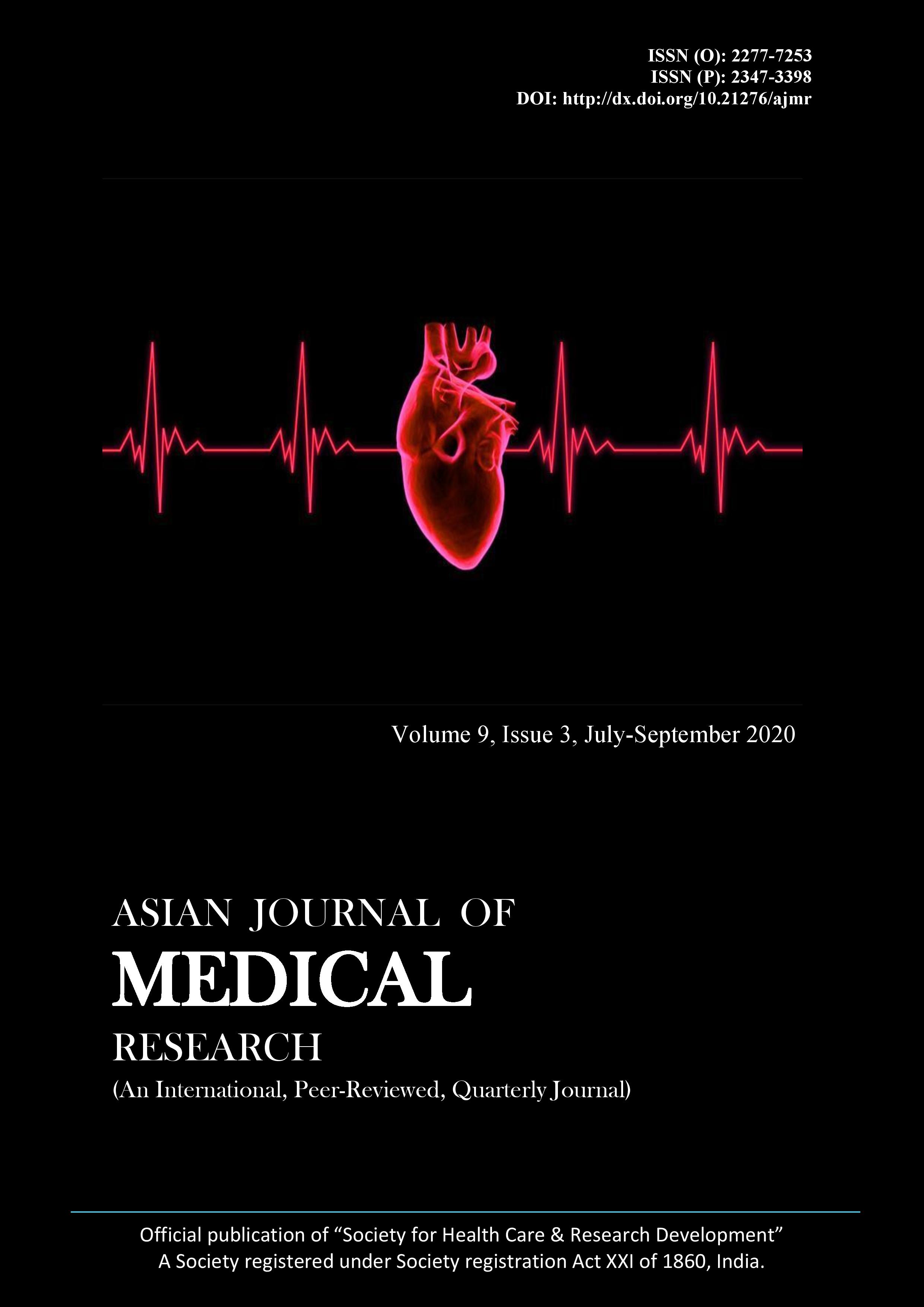Correlation of Hepatic Steatosis with Hepatic Fibrosis in NAFLD Patients by Fibroscan
Correlation of Hepatic Steatosis with Hepatic Fibrosis
Abstract
Introduction: Nonalcoholic fatty liver disease (NAFLD) is a significant cause of liver injury in the world. Transient elastography with controlled attenuation parameter (CAP) is now days commonly used as a non-invasive modality to quantify liver steatosis and stage of Fibrosis in the Liver. This study was done to the correlation of hepatic Steatosis with hepatic Fibrosis in NAFLD Patients by fibroscan. Subjects and Methods: All NAFLD patients coming to DMCH from 1/1/18 to 30/11/18 were retrospectively analysed for the presence of any correlation between Steatosis and Fibrosis using a controlled attenuation parameter (CAP) and liver stiffness measurement (kPa), respectively by Fibroscan. Patients with a history of significant alcohol intake, viral infection, severe weight loss, on TPN, on drugs like amiodarone, diltiazem, steroids were excluded. Along with this history of hypertension, diabetes and smoking were noted from the available data. Results: The mean CAP of all 446 patients was 310.58Â 53.55 and the mean kPa was 7.14Â Â 4.75. Overall there was a significant correlation between CAP and kPa in all NAFLD patients (p <0.000). This was also true in patients who were more than 20 years of age, who have increased levels of triglycerides and were obese. Patients with S0 steatosis had a mean kPa value of 5.33 and as the steatosis stage worsened to S3 mean kPa value also increased to a maximum of 7.63. Conclusion: Quantification of Steatosis by CAP has a significant correlation with the stage of Fibrosis, especially in patients with increasing age, obese and who have high triglyceride levels.
Downloads
References
Copyright (c) 2020 Author

This work is licensed under a Creative Commons Attribution 4.0 International License.






